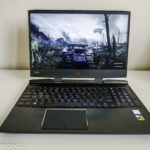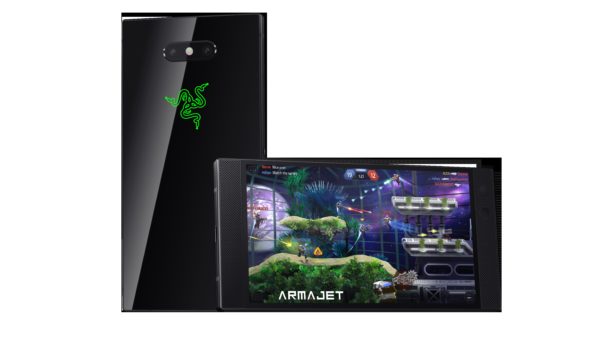
With so many flagship smartphones vying for attention in the past month, Razer really had its job cut out when it launched its new Razer Phone 2 in Singapore this week.
What the Singaporean company has are ardent followers in a niche but growing market for gaming phones.
After an initial foray last year, the Razer Phone 2 now wants to deepen the brand’s appeal, amid new entrants such as Asus’ ROG (Republic of Gamers) Phone and Xiaomi’s Black Shark.
But don’t forget mainstream phones that have souped up their engines as well. Samsung’s Galaxy Note 9, Google’s Pixel 3 and Huawei’s Mate 20 Pro, for example, match what Razer is putting out here.
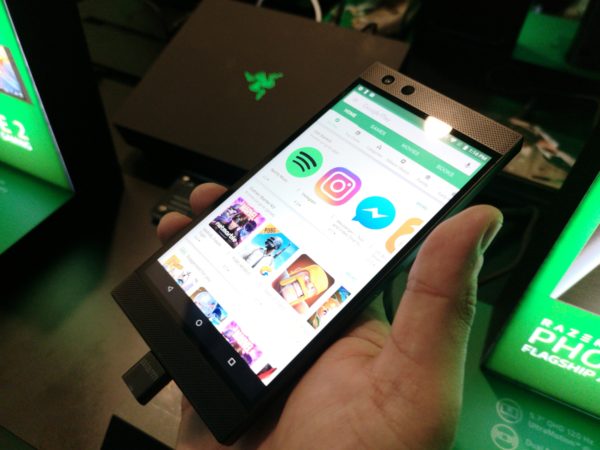
The Razer Phone 2 has the latest Qualcomm Snapdragon 845 chip, Adreno 630 GPU and 8GB of RAM to ensure things run smoothly with Razer’s own Vapour Chamber cooling system. Playing the most demanding mobile games should be a walk in the park for this phone.
Storage can be expanded via the microSD card slot which is always welcome. This is especially when the Razer Phone 2 has only 64GB of storage space – many flagship phones offer 128GB now.
The new phone has the same beefy 4,000mAh battery like the predecessor, so an extensive gaming session won’t leave you with nothing to make calls.
Even if it is low on battery, Qualcomm’s Quick Charge 4.0+ ensures that you can get back into the game pretty quickly. Razer’s new phone now comes with Qi wireless charging too, for added convenience.
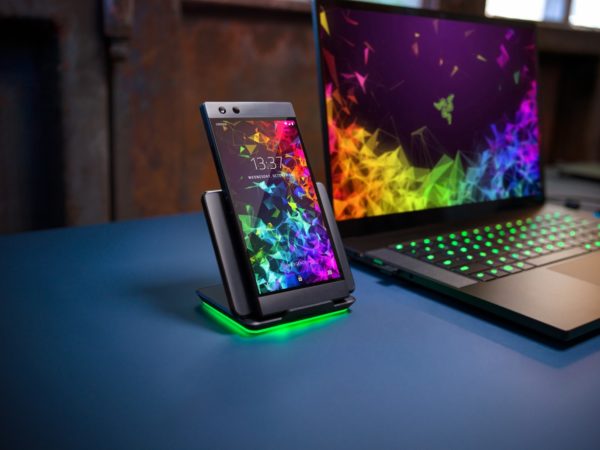
Good news is, Razer has kept the gorgeous 5.72-inch screen that offers not just Quad HD resolution but also a 120Hz refresh rate for fast moving action. And no, there is no notch on this LCD screen.
Some might argue that an OLED screen is better because of the deeper blacks but I have no complaints here with the Razer Phone 2. With Wide Colour Gamut and High Dynamic Range support for viewing Netflix movies, the colour is vibrant.
Razer certainly has chosen function over form, judging by the look of the smartphone.
Like its predecessor, the new phone just resembles a black slab with two huge speakers grilles at the sides. If you like phones that are simple and do not attract unwarranted attention, this is the phone to get.
Not everyone might agree, of course. When the competition is going bezel-less, the Razer Phone 2’s front firing speakers do make it look a little dated with a very wide forehead and chin.
To set itself apart, it has a glowing Razer logo emblazoned on the phone’s glass back that can show 16.8 million hues. I guess that’s a nod to the gaming gear that Razer makes.
Interestingly, the logo can change into different colours to notify you of incoming messages. Green is for WhatsApp and yellow for for Snapchat.
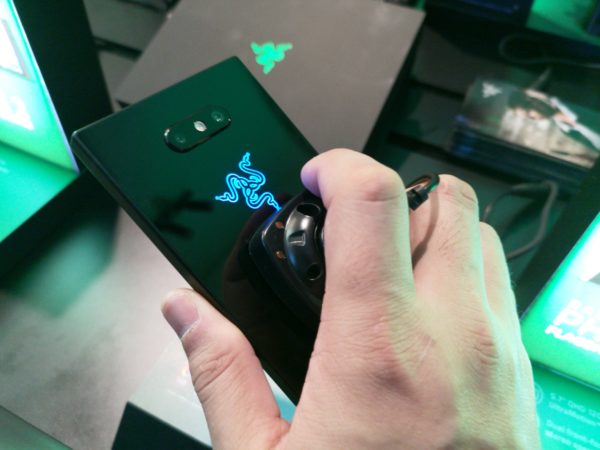
The utilitarian design means you do get two very punchy speakers driven by dual amplifiers with Dolby Atmos technology.
I can actually hear music coming out from the phone from quite a distance away without any perceivable degradation. I won’t suggest turning it on a crowded train, though.
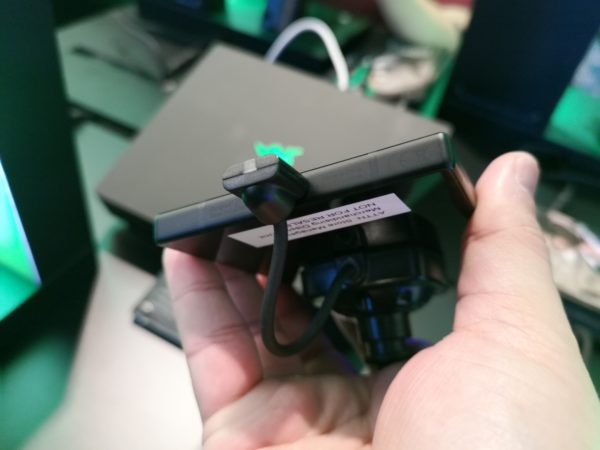
For better gaming experience, I would rather rely on a good pair of headphones. Unfortunately, the Razer Phone 2 has now ditched the 3.5mm headphone jack, like many new models, so going wireless is the only option.
Though the phone is primarily a gaming device, it still comes with a decent pair of cameras. A 12-megapixel f1.75 wide-angle lens camera with optical image stabilisation and a 12-megapixel camera with f2.6 zoom lens are housed just above the Razer logo. An 8-megapixel f2 front facing camera is included for selfies.
I did not have much of a chance to really test the cameras at the launch but, on paper, it matches most of the flagships, save for Huawei Mate 20 Pro’s 40-megapixel shooter. A proper test is needed to see its true capabilities.
At $1,249, the Razer Phone 2 phone isn’t cheap, like new flagship smartphones today. You get Android 8.0 instead of the latest Android 9.0, by the way.
That’s a little disappointing for a gaming gadget that is supposed to be on the cutting edge. You wish there is more storage onboard and perhaps a sharper look, rather like how Razer’s portable but powerful gaming notebooks have won users over.

